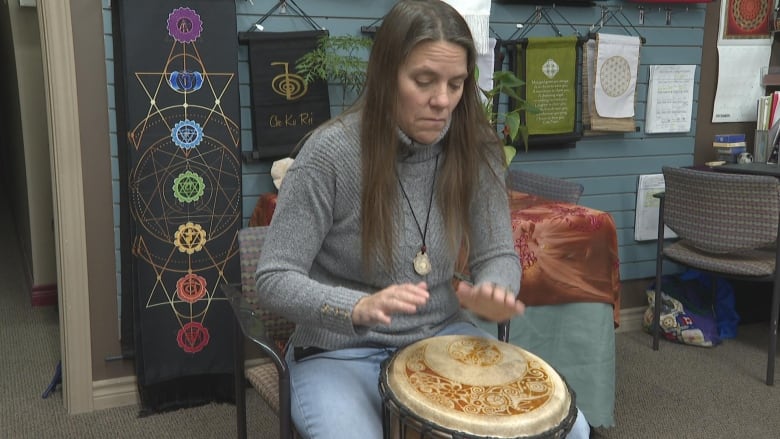
It’s the shortest day of the year — and for astronomers like Steven Pellarin, it’s probably better known as the longest night.
During the winter season, which begins on Dec. 21, the Northern Hemisphere of the Earth is tilted away from the sun as it travels around the sun on its orbit. As a result, it spends more time in shadow.
“As the Earth spins, we end up going from the shadow side on one side of the Earth to the other side in a shorter arc,” he said.
“That means that because we’re tilted toward the shadow, it takes us less time to get from one side of the shadow to the other so we have short days and long nights.”
And these long nights are prime viewing time for astronomers, according to Pellarin.
“For astronomers, this is a benefit, having longer nights means that we can take telescopes out and do research for a longer period of time, [in the summertime we] only get a couple of hours … of real darkness,” Pellarin said.
But after Dec. 21 is also when the days will start to get longer. Slowly, the Earth is now beginning to tilt back toward the sun — which eventually brings us into the long days of spring and summer.
“Usually at the beginning of the winter season …. the increment of increase in daylight is fairly short, two minutes every day. As we get towards the middle of the spring season, we’ll see that the days are increasing by about four minutes in daylight length,” Pellarin said.
While it may not seem like much at first, Pellarin said two minutes every day for the next 30 days means that in a month, we should have an extra hour of sunlight.
Sepending how close you are to the equator, you might experience this differently.
“The closer you are to the equator, the less of an impact you’ll see on the movement of the sun in the sky,” he said.
‘Time of reflection’
While Dec. 21 has an astronomical significance, it also has a spiritual meaning for some.
Tracey Rogers, owner of White Feather Holistic Arts, is celebrating the Winter Solstice on Wednesday evening through a drum circle. She said she’s been doing an event like this on the solstice for about a decade.

“It is a time of reflection for sure,” she said.
“Hopefully what we’re doing with the drum circle though is raising the vibration. That’s the intention of it … we do our very best to keep the vibe up and keep the energy rising, rising, rising. We want people to get into that happy energy, let’s look forward to what’s coming.”
Rogers will co-host the drum circle with Nelson Ing, and they are expecting about 40 people at the event.
“The solstice is a perfect time for you to reflect on what’s happened this year and what intentions you want to make and take into the new year,” Rogers said, adding she hopes people coming out to the drum circle bring that mindset with them.
Rogers said it’s also good to know that they aren’t drumming alone — there will be people around the world welcoming in the solstice through drumming, but people in the Southern Hemisphere will be ringing in their summer months.